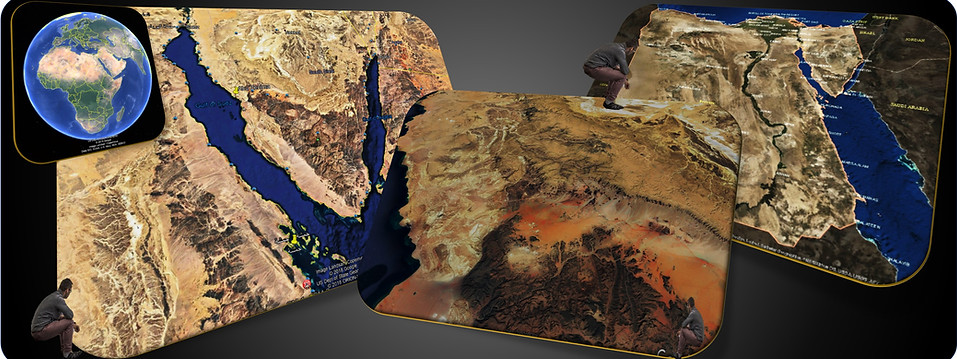





HCS
GEOSCIENCE & ENGINEERING
CONSULTING SERVICES

Prospect Generation
-
Hydrocarbon exploration has always been a challenging task for the oil and gas industry.
-
Identification of a prospect is normally done based on seismic interpretation and geological understanding of the area. However, due to the inherent uncertainties of the data we still observe in many cases that all key petroleum system elements are present, but still the drilled prospect is dry. Such failures are mostly attributed to a lack of understanding of seal capacity, reservoir heterogeneity, source rock presence and maturation, hydrocarbon migration, and relative timing of these processes.
-
It requires a tremendous effort to merge the understanding of larger scale basin evolution with local and wellbore scale understanding of all potentially controlling geological factors.
-
our work flow depends on the construction of a high-resolution static model covering the prospects, which is built by using available well data, seismo-geological trends and attributes to capture reservoir potential.
-
Geophysical data can provide an accurate structure of the reservoir and a detailed characterization of the subsurface fluids and their properties. Production engineers also need the fluid saturation changes during the reservoir life cycle. Therefore, both static and dynamic characterization of the reservoir are required (Robertson, 1989). Seismic data are converted from time to depth domain using well and seismic velocity data yield the detailed structural configuration of the reservoir, including the faults that break it.
-
-
HCS geophysics Experts analyzes and interprets the seismic data for oil and gas projects in all stages of maturity from exploration to development to secondary and tertiary recovery.
-
The team interprets the data volumes to integrate a full-scale geologic model.
-
-
To get the best possible subsurface picture, the HCS geophysicists analyze and match well and seismic data before .
-
To investigate structural and stratigraphic reservoirs, HCS geophysicists carefully delineate the geology of faults, reefs, salt domes, anticlines and sand channels.
-
The geophysics group is familiar with the latest workstation technology and uses a wide variety of interpretation techniques.



